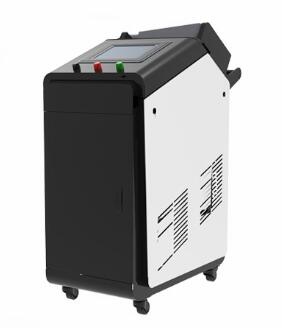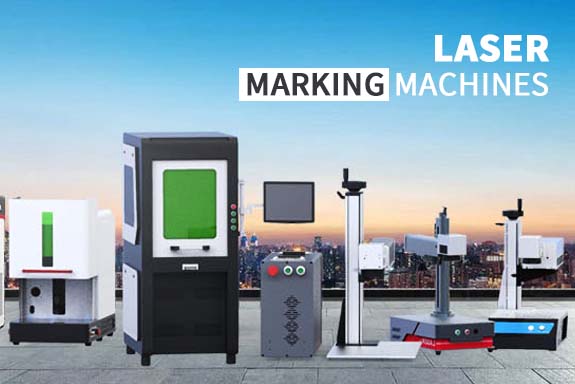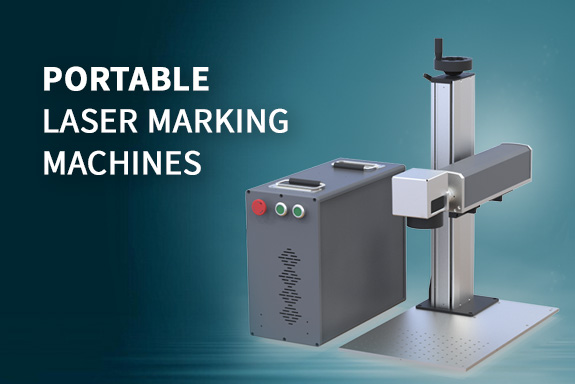Introduction to Laser Cleaning Machines
Laser cleaning machines are a revolutionary technology used to remove contaminants such as rust, paint, oil, and other surface impurities from various materials. They are widely used in industries like manufacturing, aerospace, automotive, and heritage restoration due to their precision and efficiency. The non-contact nature of laser cleaning makes it a preferred option over traditional methods like sandblasting or chemical cleaning.

The Working Principle of Laser Cleaning
Laser cleaning machines work by emitting high-intensity laser beams onto the surface of a material. When the laser strikes the surface, the energy from the beam is absorbed by the contaminants, causing them to evaporate or disintegrate. The process relies on the difference in thermal absorption between the material and the contaminant, allowing only the unwanted layer to be vaporized without damaging the underlying material.
Types of Laser Cleaning Methods
There are two common laser cleaning methods:
- Pulsed Laser Cleaning: In pulsed laser cleaning, the laser operates in short bursts of high-energy light. This method is ideal for delicate surfaces that require precise control, such as historical artifacts or aerospace components.
- Continuous Laser Cleaning: Continuous laser cleaning uses a constant beam of lower-energy light. This method is best suited for heavy-duty cleaning tasks, such as rust removal from metal surfaces in industrial applications.
Applications of Laser Cleaning Machines
Laser cleaning is used in a wide range of applications, including:
- Rust and Oxide Removal: Laser cleaning is highly effective in removing rust and oxidation layers from metal surfaces, restoring them to their original condition.
- Paint Removal: It can be used to remove layers of paint from materials without causing damage to the underlying surface, making it ideal for automotive restoration and other industries.
- Surface Preparation: Laser cleaning prepares surfaces for welding, bonding, or coating by removing impurities, oil, or contaminants.
- Conservation and Restoration: In art and cultural heritage restoration, laser cleaning is used to clean delicate surfaces like stone, wood, or metals without damaging the material.
Advantages of Laser Cleaning Technology
Laser cleaning machines offer several advantages over traditional cleaning methods:
- Non-contact Cleaning: Since lasers don’t physically touch the material, there is no risk of abrasion or wear, making the process safe for delicate surfaces.
- Precision and Control: Lasers can be precisely targeted, allowing for selective cleaning of contaminants without affecting the surrounding area.
- Environmentally Friendly: Laser cleaning does not require chemicals or abrasive materials, making it a cleaner and more environmentally responsible option.
- Minimal Waste: The process produces minimal waste, with contaminants being vaporized and often leaving behind only dust or small particles.
- Cost-effective: Laser cleaning machines require less maintenance, are faster than traditional methods, and can lead to reduced labor costs over time.
Conclusion
Laser cleaning machines are transforming how industries clean and prepare surfaces, offering a precise, efficient, and eco-friendly solution. With their growing applications in various fields, these machines are becoming an essential tool for many businesses. If you need more information or are interested in finding a reliable supplier for laser cleaning technology, feel free to contact us for expert guidance and recommendations.







